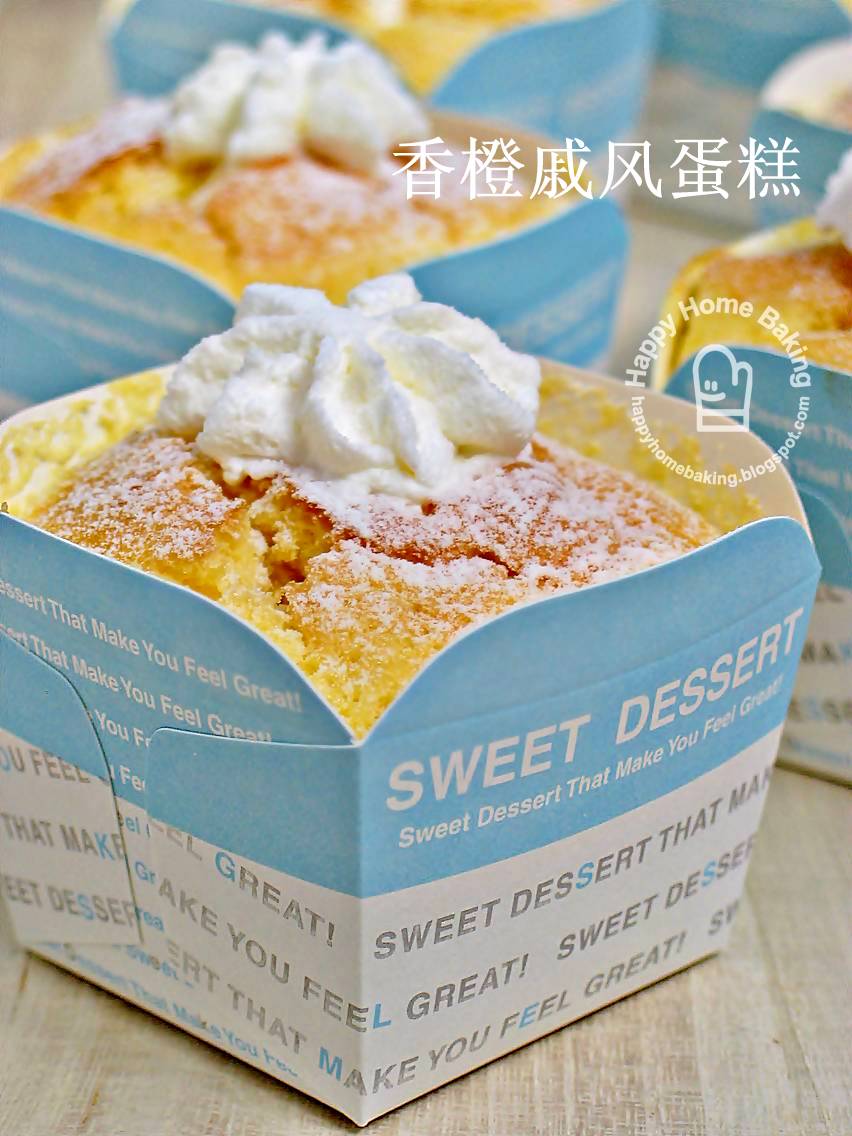The first time I tasted kimbap was along Meokja Golmok (literally translated as let's eat alley), a busy food alley cramped with street food vendors in Nampo-dong, Busan.
 |  |
Besides the dangmeyeon, we also ordered some chungmu kimbap, mini rice seaweed rolls served with odengs (fishcake) to try. Never mind the food presentation, these mini kimbap and the damgmeyoeon tasted exceptional delicious! I am not able to describe the taste, you have to go try it yourself ;)
It has been more than two months since we came back from our South Korea trip. I thought I have almost recovered from Korean food withdrawal syndrome as the Chinese lunar new year feasting binge took over. But when I saw this easy and simple tuna rice rolls recipe from a cookbook which I borrowed from the library, I started craving for Korean food all over again! This book, 'Good Morning! 每天都要吃早餐: 10分鐘就能上桌的小確幸早餐提案', is actually a collection of breakfast recipes written by a Korean author. I doubt I will ever be able to get these rolls on my breakfast table in 10 mins (as suggested by the title of this cookbook), I made these tuna rolls for a light lunch instead.
Making these tuna mayo seaweed rolls was actually not that difficult for me since I have experience making sushi rolls or maki. Prior to making these mini kimbap, I have always thought kimbap and sushi rolls are the same, at least they look the same to me. It was only after some googling around, I learned that there is actually a difference between the two. The sushi rice is prepared with rice vinegar, sugar and salt; while the kimbap is made with rice that is usually seasoned with sesame oil and salt. I find it much easier to make kimbap as the rice is not as sticky as sushi rice, making it less messy (for me!) to spread it onto to the seaweed. I didn't use dried seaweed sheets meant for rice rolls, I experimented with salted, toasted crispy Korean seaweed sheets instead(that was what I have in my pantry cupboard). Luckily, I was able to roll up the rice rolls neatly, the seaweed didn't tear or give way, lol!
I made these specially for my younger child who loves canned tuna and sushi. I wouldn't say these mini kimbap are to die for since there is only one main ingredient. Both of us prefer the sesame oil flavour rice even though it didn't taste as soft as sushi rice. No matter how simple it is, nothing beats home cooked meals, I really enjoyed our once a week, just the two of us, weekday lunch together. Hmmm...will have to start thinking what to prepare for our next lunch date ;)
Simple Tuna Mayo Kimbap
Ingredient:
(serves 2)
2 cups uncooked Short grain rice (cup here refers to the standard measuring cup provided by rice cooker)
2 teaspoons sesame oil (adjust according to taste)
1/2 teaspoon salt (adjust according to taste)
1 can tuna chunks
1 tablespoon mayonnaise (I use Japanese mayonnaise, Kewpie brand)
some freshly cracked black pepper
some dried parsley flakes (optional)
4 sheets roasted seaweed
Method:
Cook 2 cups rice with 2 cups water in rice cooker. When the rice is cooked, leave in rice cooker for 15mins. Remove cooked rice from rice cooker. While the rice is still hot, add sesame oil and salt, mix with rice paddle, add more sesame oil or salt if desired. Leave aside to cool (about 5 to 10mins) while preparing the tuna filling.
Drain the water/oil from the canned tuna. Mix in mayonnaise, black pepper and dried parsley flakes (if using). Set aside.
Place a sheet of roasted seaweed with the shiny side down on a sushi bamboo mat. Divide rice into 4 portions. Spread 1 portion of the rice (should still be a little warm, not completely cold or hot) evenly onto the seaweed, leaving about 1/2 inch of open strip on bottom and about 2 inches on top (the rice should cover about 2/3 of the seaweed). Place tuna mixture, length wise, on the rice, roll up from the bottom. Repeat with the remaining rice.
Wet a sharp knife with water or rub with some sesame oil. Cut each roll into 6 pieces (wet the knife after each cut to prevent sticking). Arrange cut rolls on plate, if the rolls are not served immediately, cover with cling wrap.











